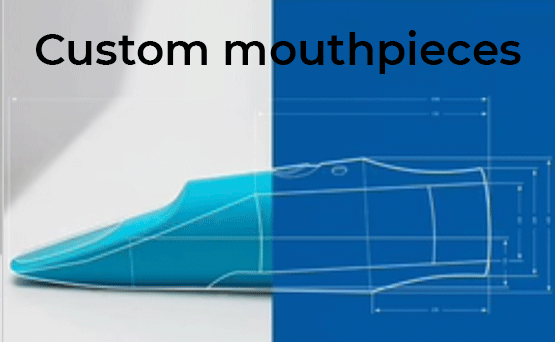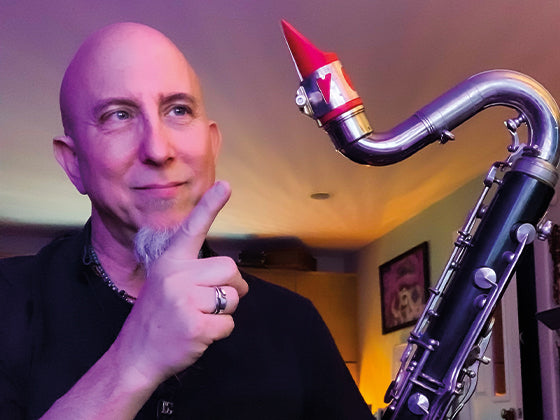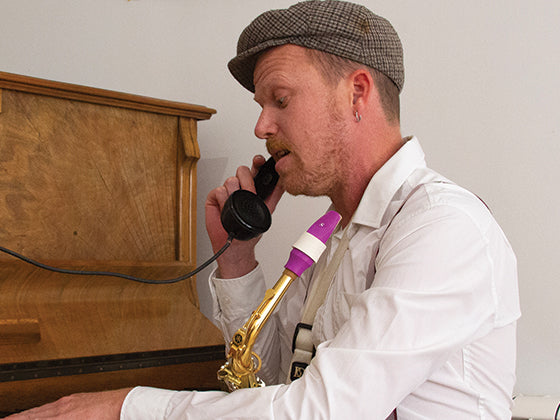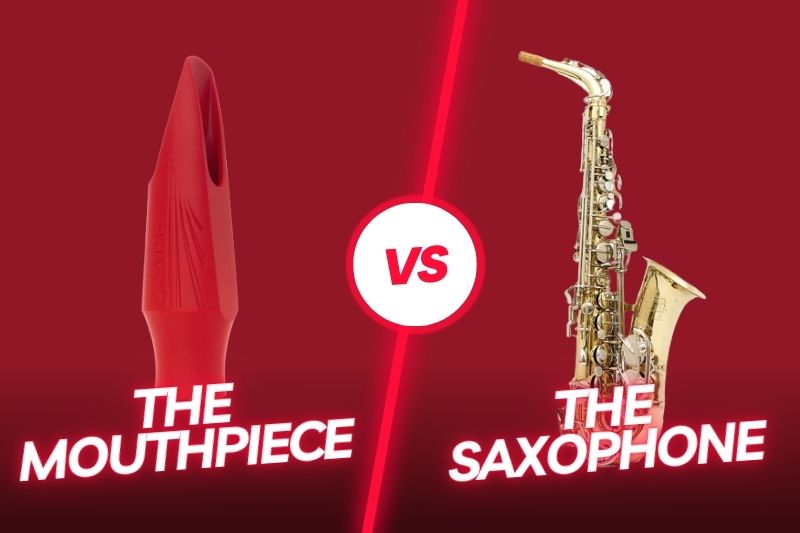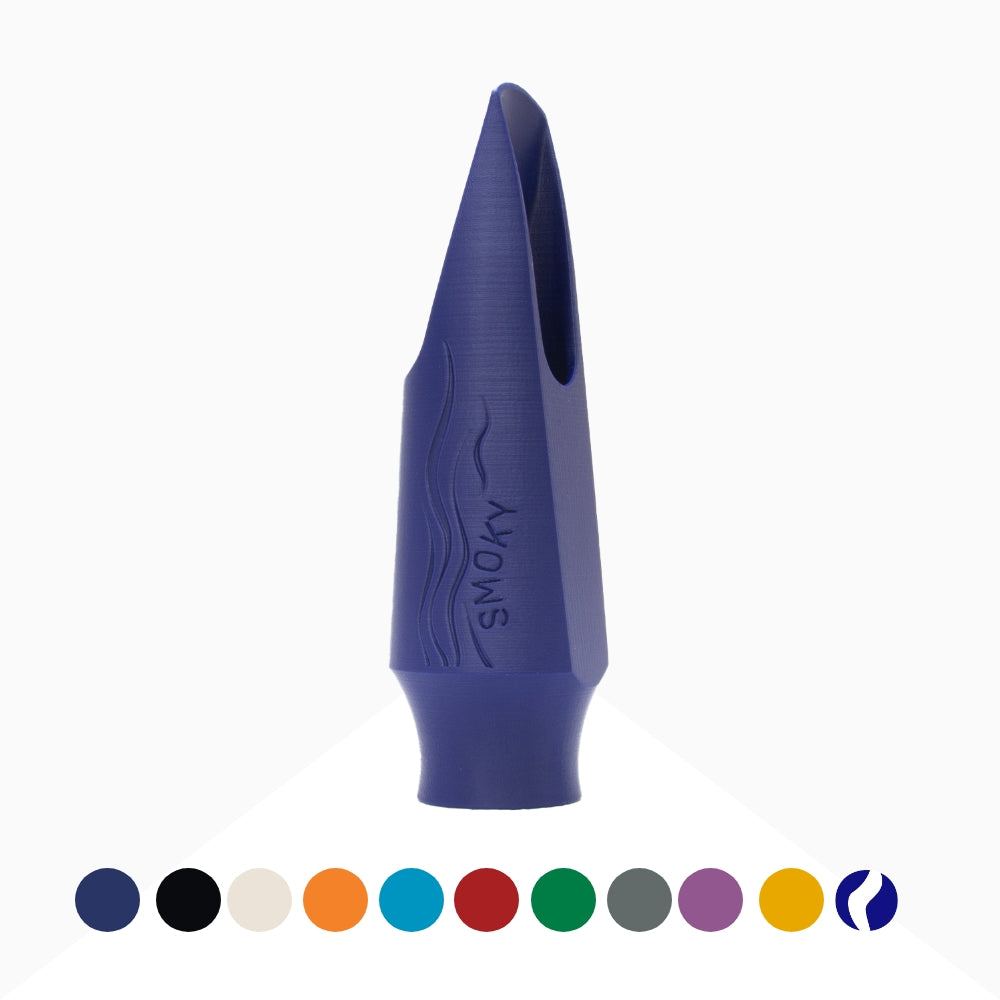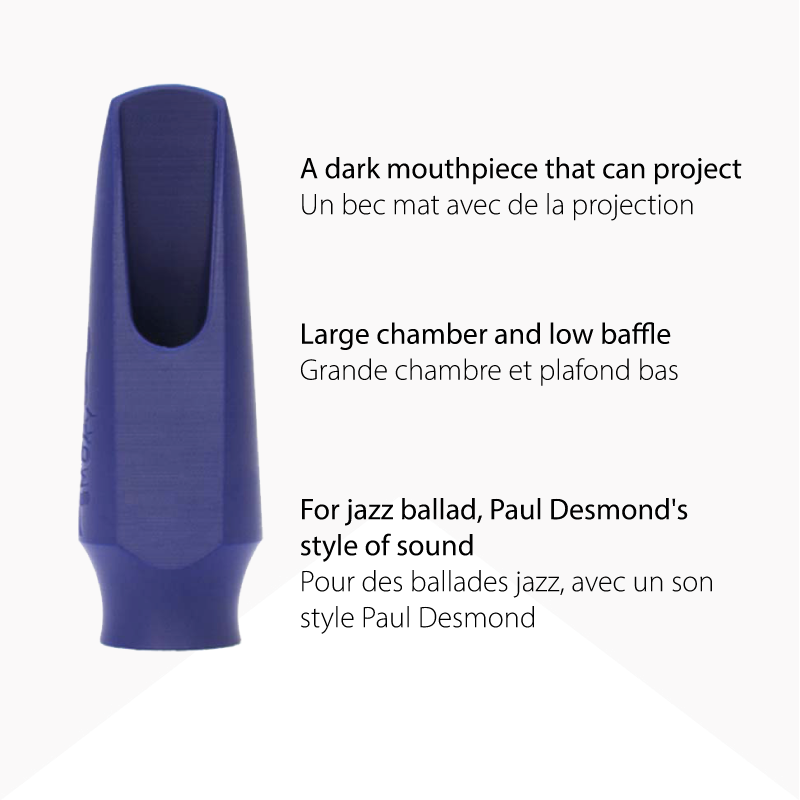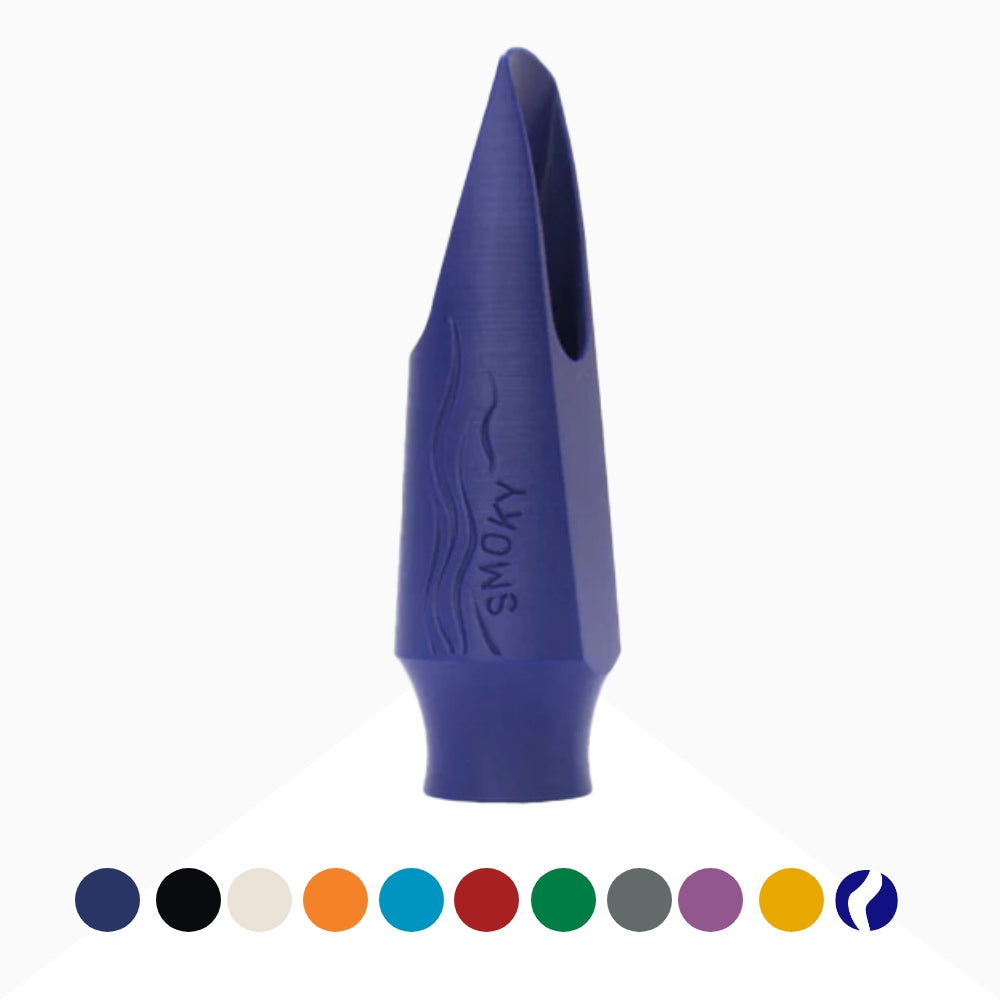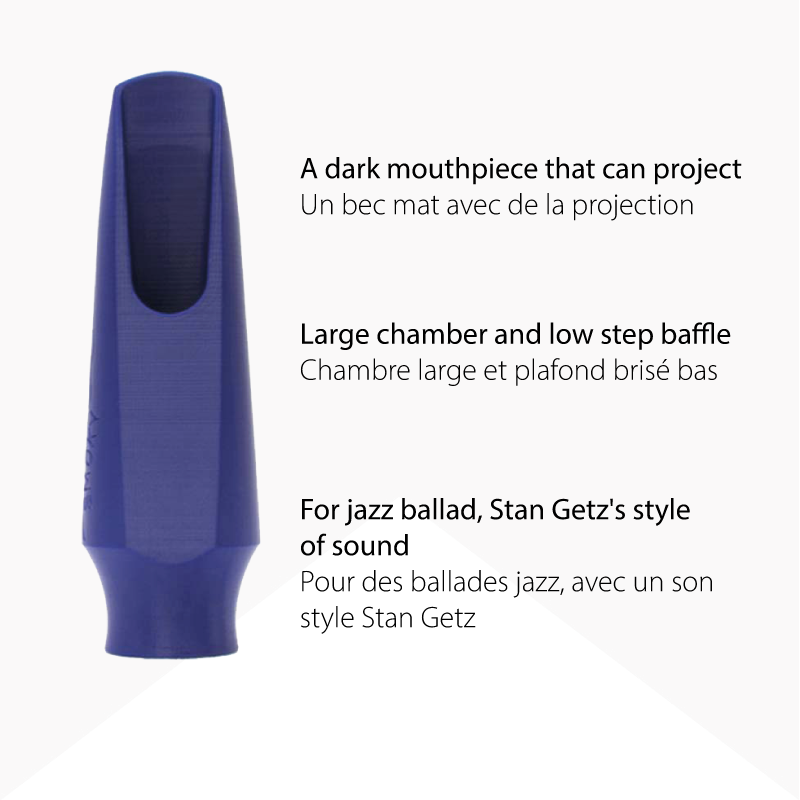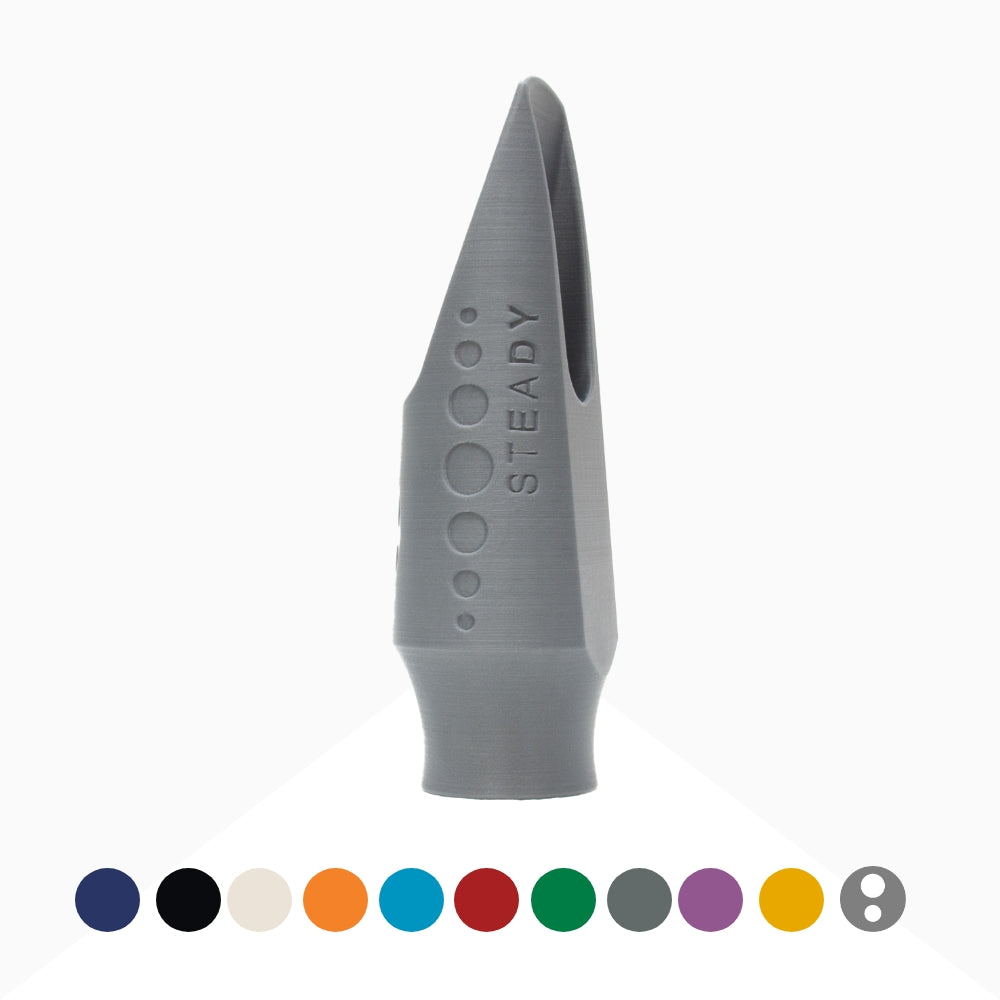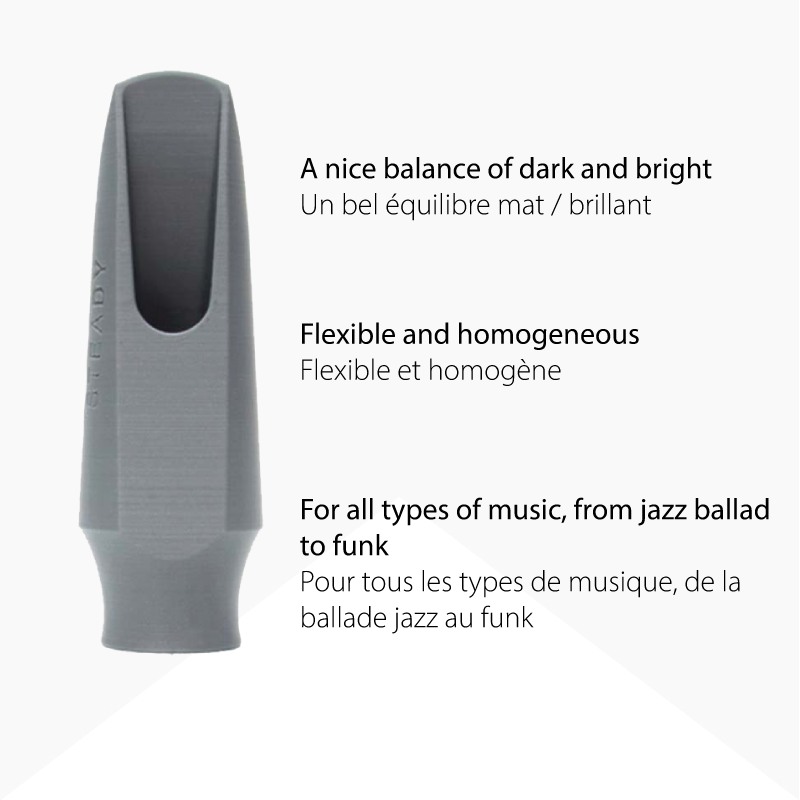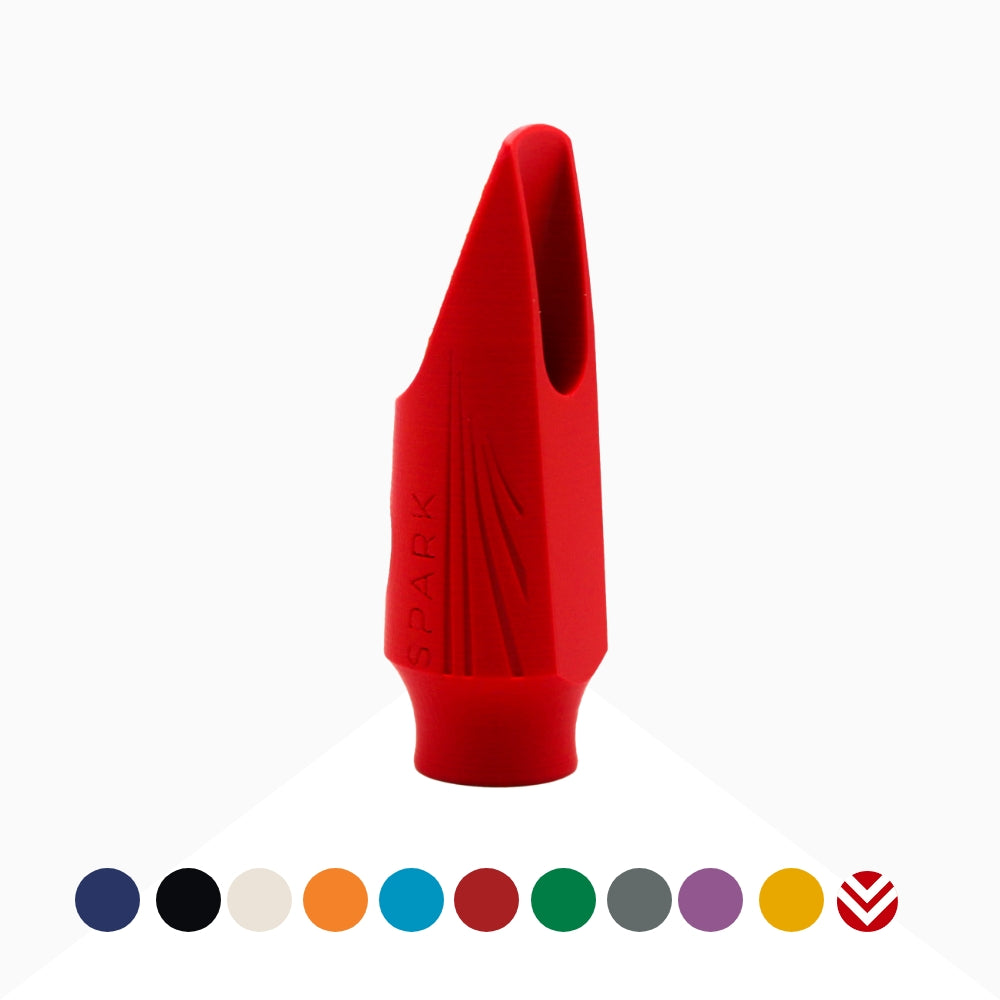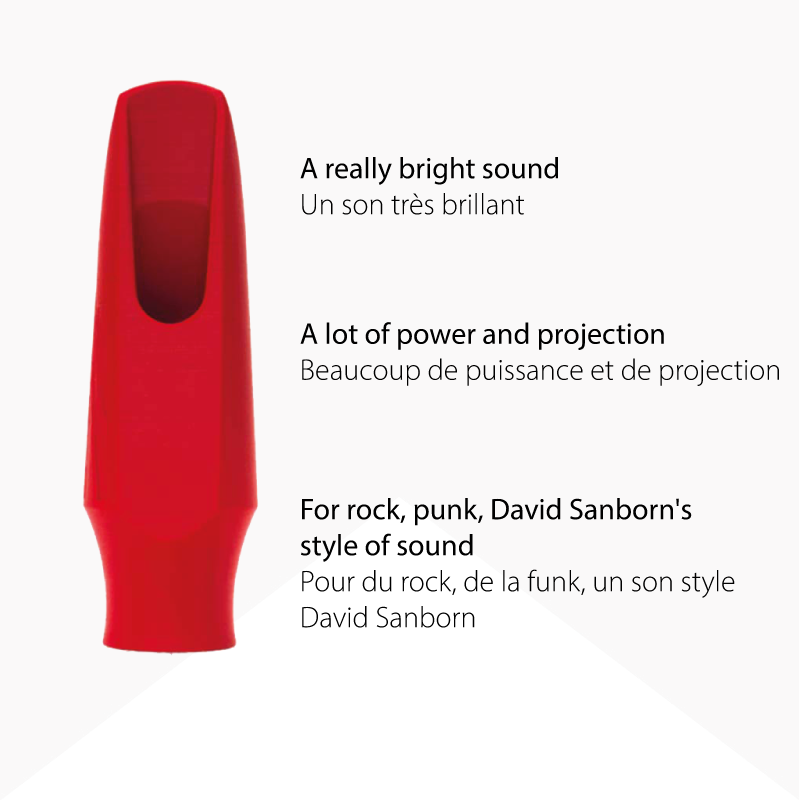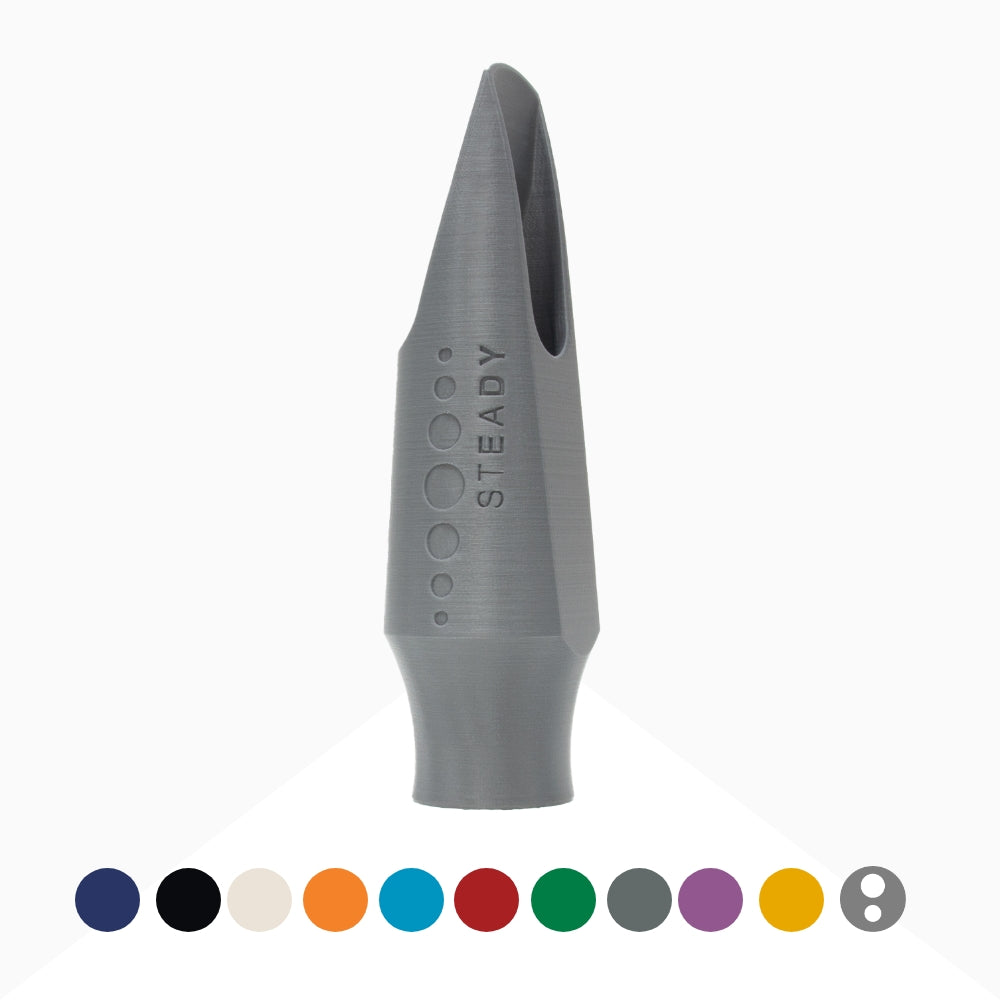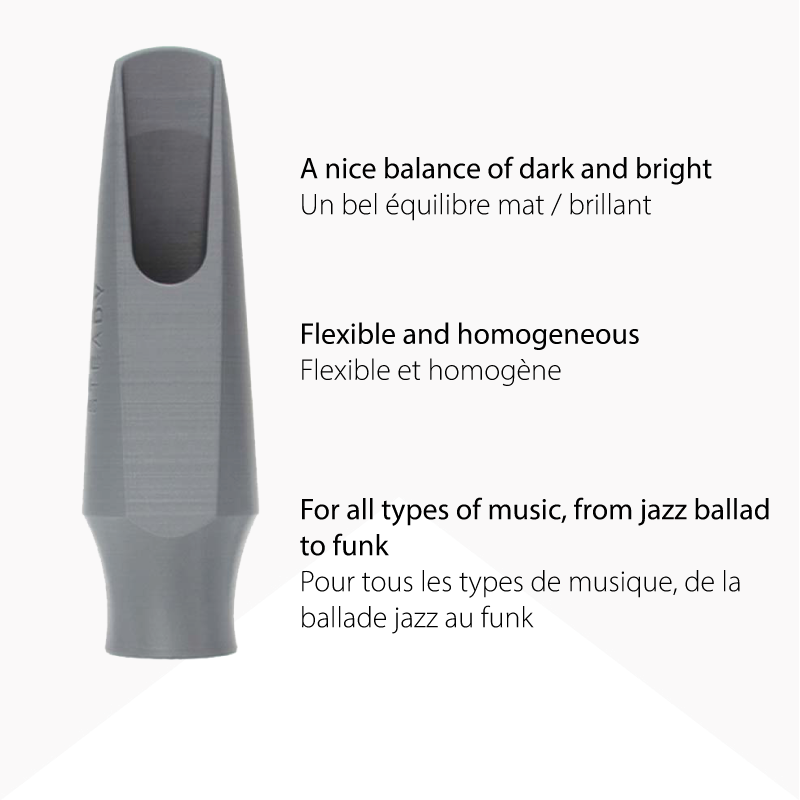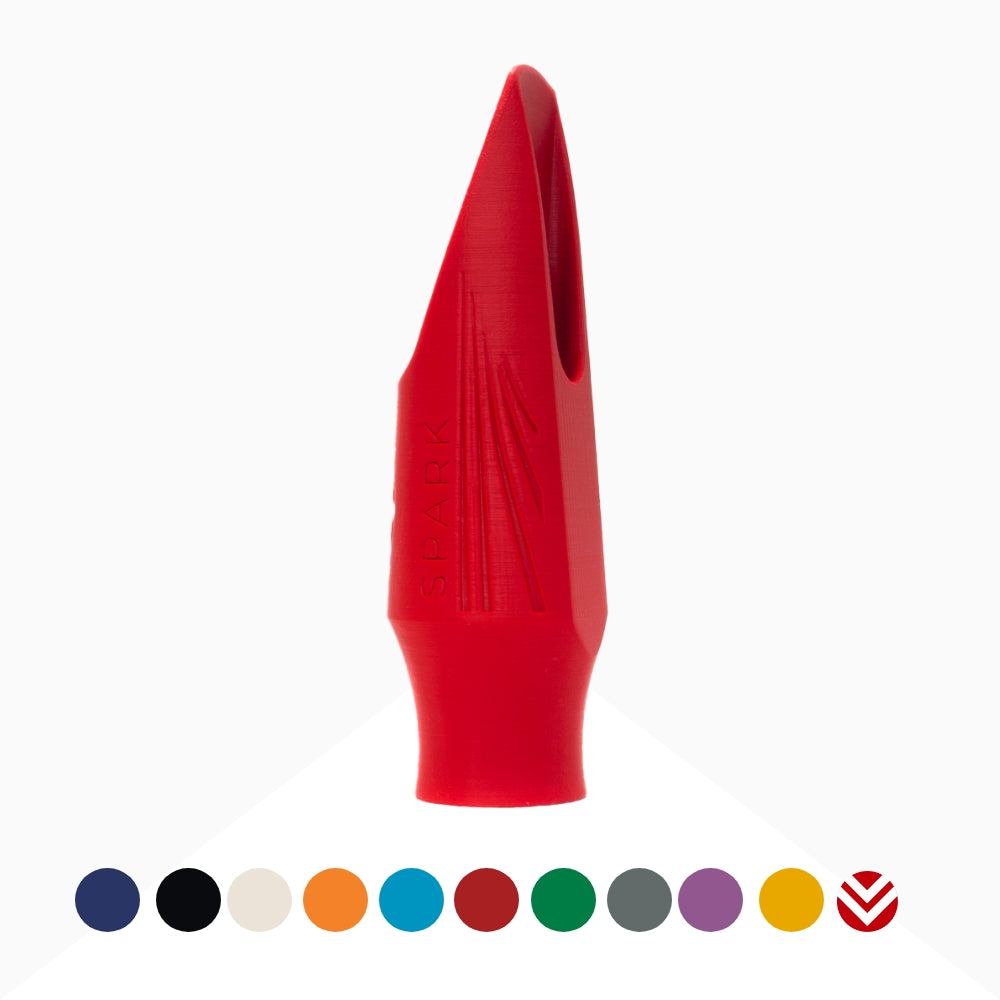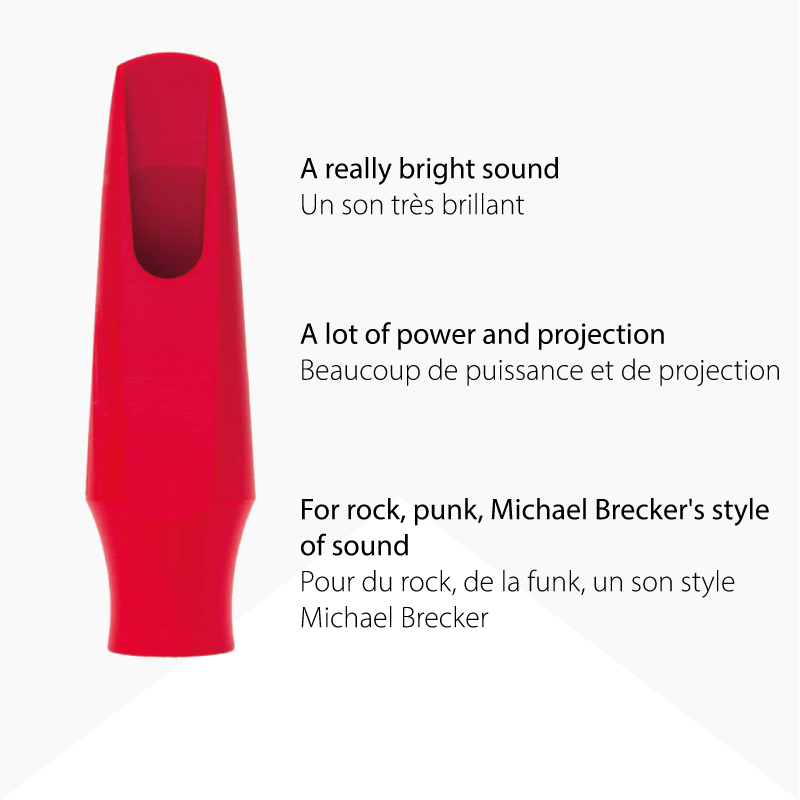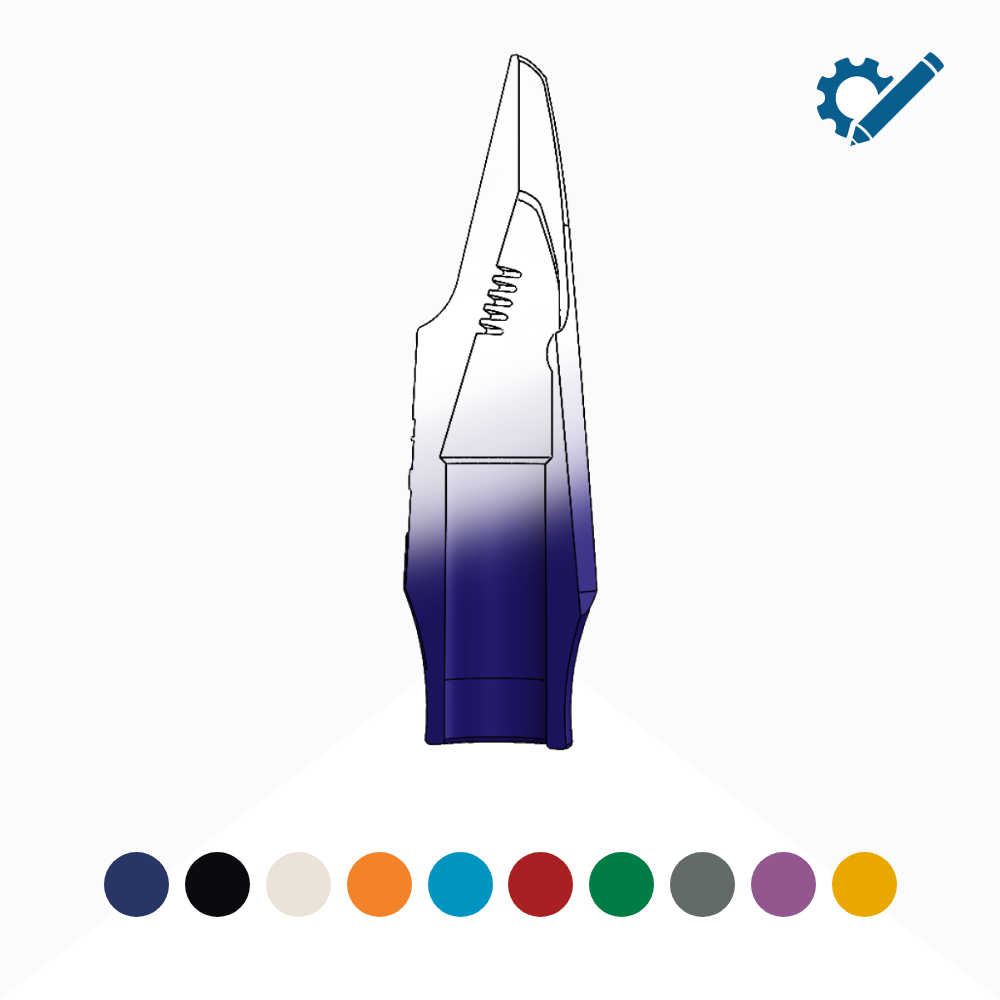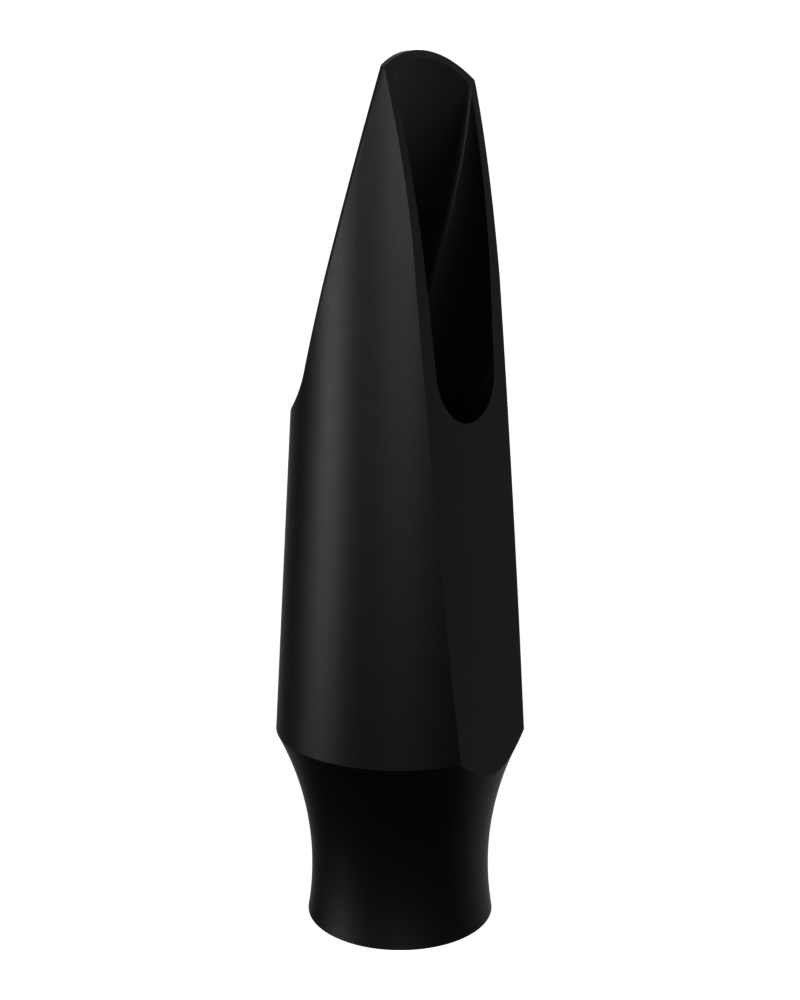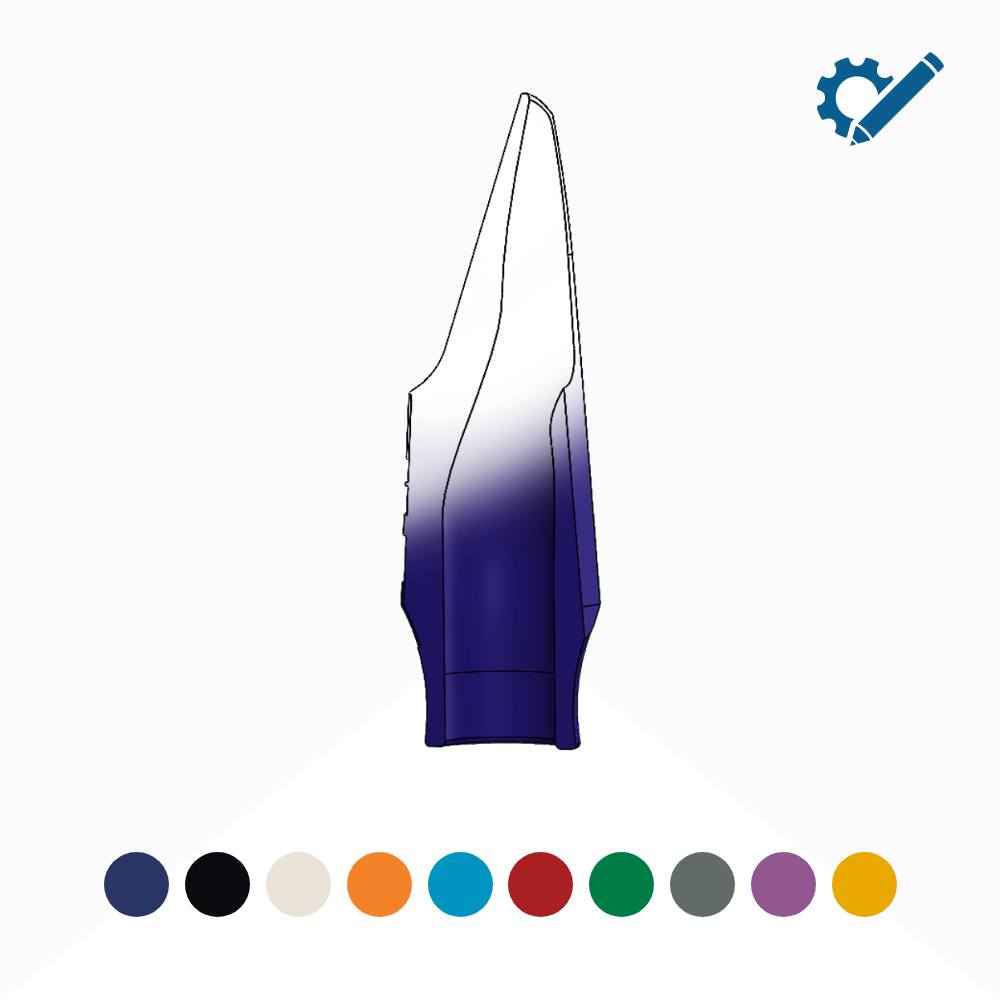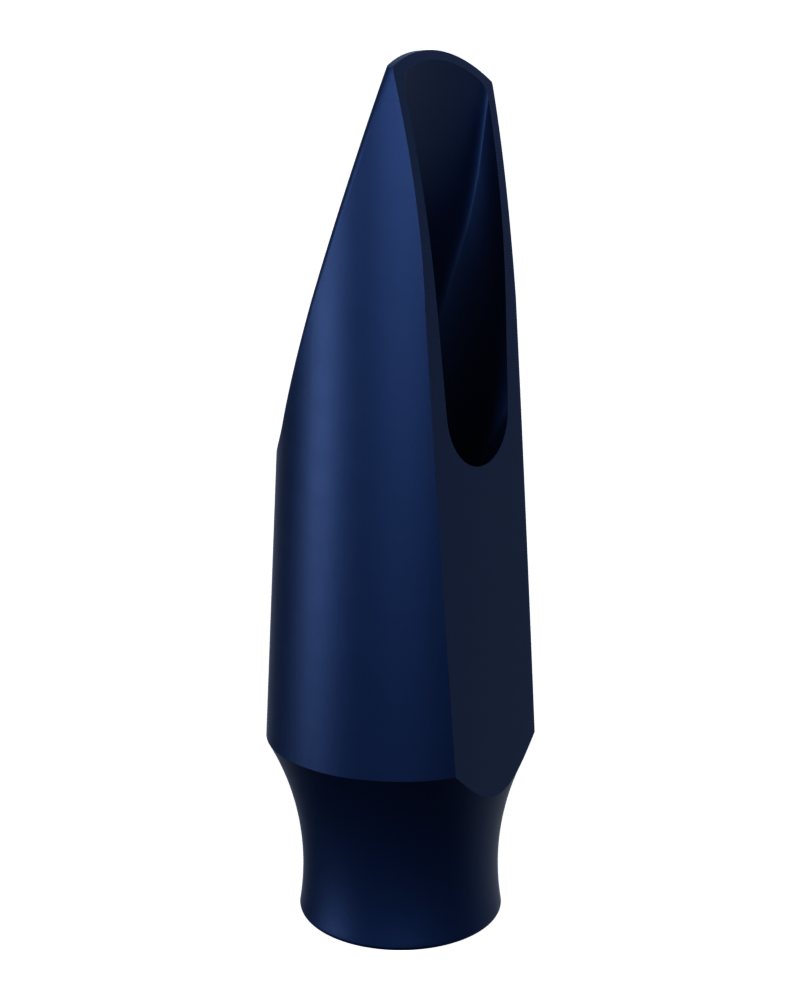Why does a €200 mouthpiece do more to improve your sound than a €4000 instrument?
A musician's first purchase when learning the clarinet or the saxophone is the instrument itself. Makes sense, doesn't it? How is one to play saxophone without a saxophone? The basics are covered. However, people tend to think that the more expensive the instrument, the better the sound — which isn't necessarily true.
You can buy the most expensive saxophone ever, but if you play with the default mouthpiece it's bundled with, the power and versatility you're dreaming of will stay out of reach.
That is because the mouthpiece creates the majority of the sound.
If you don't believe us, watch the first 15 seconds of that video:
Let's break down what we hear: on the left, the musician is playing on a clarinet body with a flute mouthpiece and the sound of a flute comes out. On the right, he is playing on a flute body with a clarinet mouthpiece and you can hear a clarinet!
QED! The sound is created inside the mouthpiece and its shape determines the timbre. The body of the instrument acts as a resonator, influencing a note’s pitch but with little impact on tonal properties.
If you are on a tight budget, it is better to choose a well-made beginner saxophone or clarinet (Yamaha for example) and invest in a mouthpiece that will match and enhance your playing.
If you want to learn more about the influence of the mouthpiece on the sound of your instrument, you can read the following articles:
- The anatomy of the mouthpiece: The saxophone mouthpiece / The clarinet mouthpiece
- The baffle: a true game changer
- The saxophone mouthpiece: Large or Small chamber?
- The saxophone mouthpiece tip opening
In closing
The saxophone and clarinet mouthpiece is composed of many parameters that together define the sound and playing characteristics of the entire instrument.
The default mouthpiece that comes with most saxophones is a mouthpiece with a very small opening, a straight baffle and small chamber. This kind of mouthpiece, like the Yamaha 4C or the Selmer C*, is meant for playing classical music. If you want to play other kinds of music like jazz, funk, brass band or rock, you will quickly find yourself limited by their smaller opening. When playing this kind of music you will be looking for more power, but as you blow harder the reed will stick to the mouthpiece and nothing will come out.
So don't neglect the choice of your mouthpiece: the right mouthpiece means more freedom and ease of play!
Syos has designed a new line of 3 mouthpieces to make it easier to find the one that works best if you are just starting out:
- The Smoky: This mouthpiece is perfect for jazz ballads and for anybody looking for a very soft and smooth sound, without compromising on ease of emission.
- The Spark: This mouthpiece is made for those who are looking for maximum power and brightness! If you play Smooth Jazz, Funk, Rock, you'll love it!
- The Steady is a versatile mouthpiece, for those who need to switch styles on the fly or don't want an overly pronounced tone.
If you have more experience you can also opt for the Signature collection developed with world-class saxophonists and clarinetists, or for a completely unique custom mouthpiece.
Whatever you choose, don't hesitate to contact our great customer service team who will be happy to guide you towards the mouthpiece best suited to your needs!

